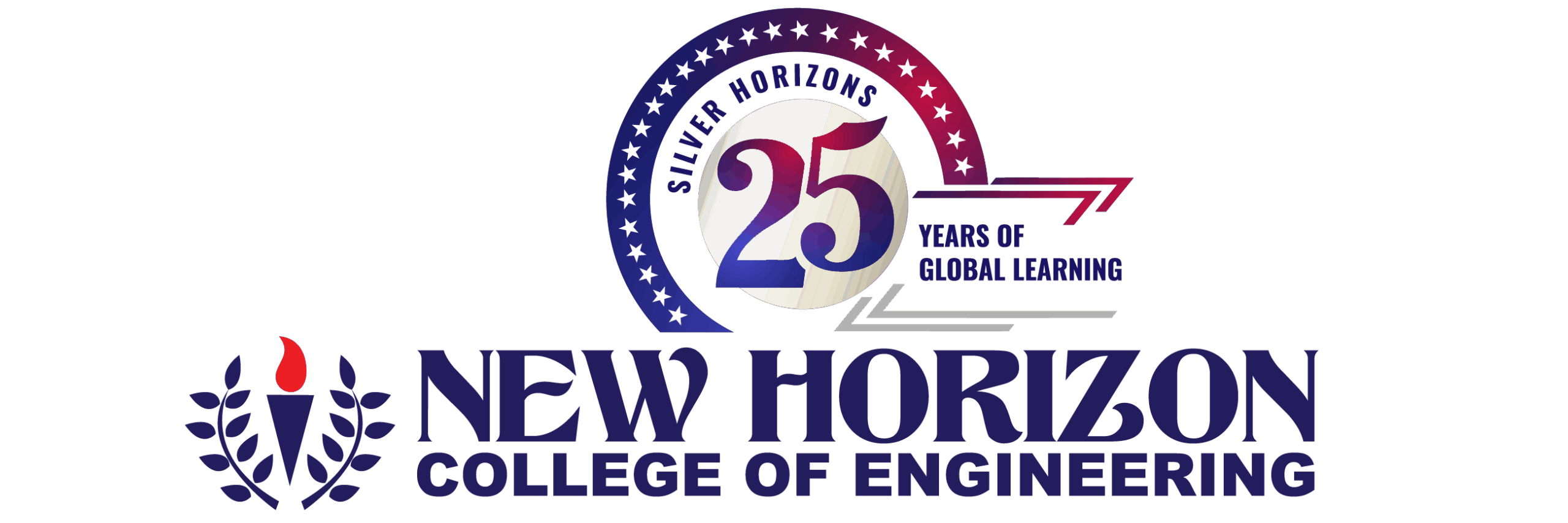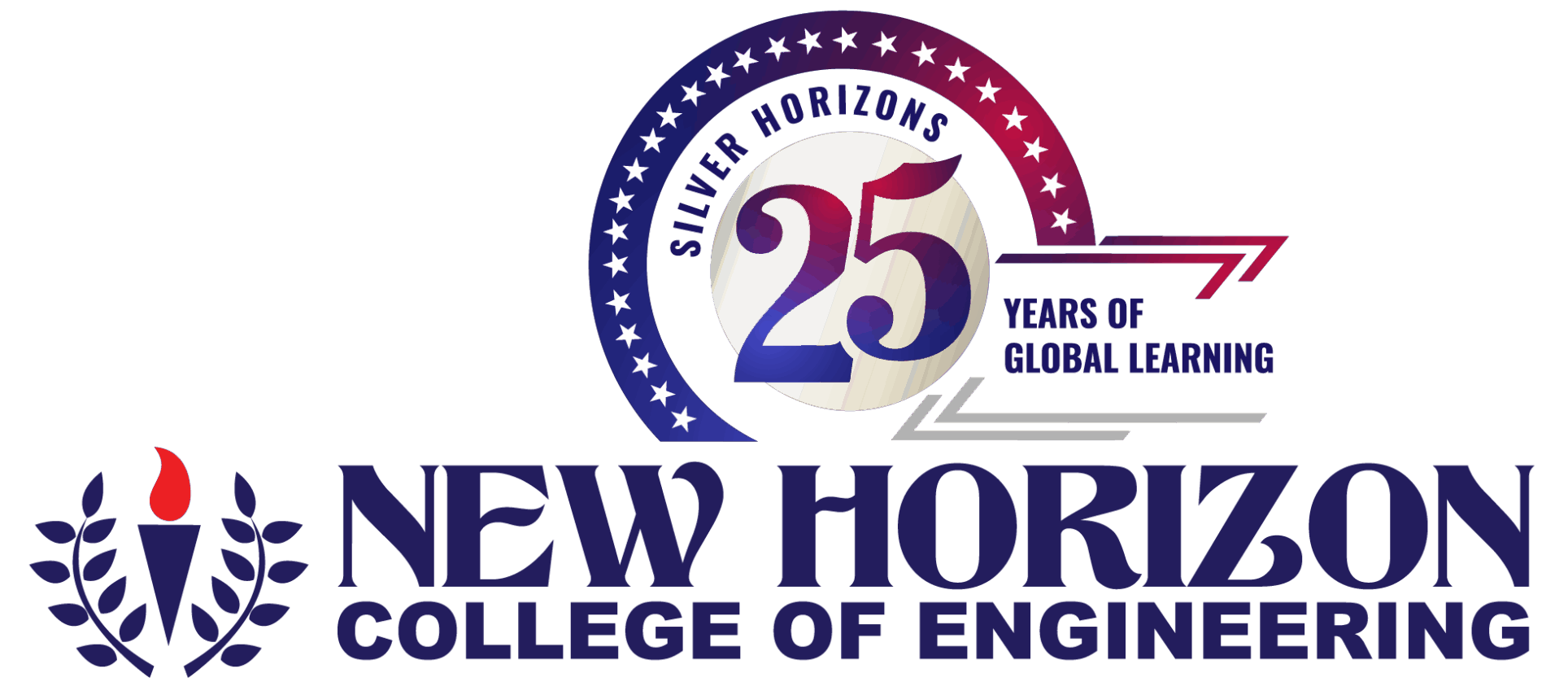- Horizonite
How To Introduce Yourself Professionally In A Job Interview?
“Introduce yourself”—one question that puts interviewees into some serious thought in a job interview. An interview is like a make-or-break point. One good impression and your chances of getting selected will improve.
If you are one of those who feel underprepared and underconfident to self-introduce, then we have got you covered. Studying at a top college in Bangalore can give you the right exposure and training to build confidence for interviews. This article provides samples and tips to help you crack the introduction section with ease.

Answering How to Introduce Myself in Interviews
There are different approaches to crafting a compelling and professional self-introduction. Let us look at a few of them:
Prepare an Elevator Pitch
An elevator pitch is a brief and crisp introduction that takes almost the same time as climbing an elevator—hence the name elevator pitch. You pitch about yourself, highlighting your name, educational qualifications, experience, and skills.
This is a great way to showcase unique capabilities and accomplishments. If you are pursuing an Engineering course, crafting a strong elevator pitch can help you stand out in job interviews, internships, and networking events. Be mindful of the information you share, choose your words wisely, and make it impressive.
Express why you are suitable for the particular job role and conclude with a compelling closing statement. For instance, if you are applying for a content writing position:
Hello. I am XYZ. I have completed my graduation in English literature and thereafter I have worked as a content writer for online platforms of digital firms for five years. |
Use a Problem-Solution Approach
Another unique way to start a self-introduction is by stating your skills and how your expertise and knowledge helped you devise a solution for an issue in the industry or company.
This demonstrates your problem-solving attitude and contribution to finding effective solutions. If you have pursued the Best Engineering course, you can leverage your academic projects and hands-on experience to showcase your ability to tackle industry challenges. Highlight only those problems that are relevant to the job and field you have applied for, ensuring your introduction aligns with the employer’s expectations.
Example:
Good Morning. |
Share a Success Story
Sharing a story of the actions you took to find a solution, the challenges you faced, or the success of a project testifies your skills and capabilities. Make sure that the examples you give are related to the job you are applying for.
Do not boast excessively about achievements. Strike a perfect balance between confidence and subtlety.

Example:
Good afternoon. |
Focus on Core Values and Passion
Along with skills and educational background, the core principles that drive you also play a key role in getting hired for a role.
Describe your passion in short and the core values that you believe in to give recruiters an idea of your personality to create a lasting impression.
Customise these points for different job interviews and keep in mind that your goals are in alignment with those of the company. This will leave a good mark on the interviewer.
Example:
Hi. |
Use a Unique Introducation Technique
To make your introduction stand out, you can also come up with distinct and creative ideas. For instance, you can start by describing why this job role or the company is important to you, how this job influences your career growth, and what interested you in pursuing previous jobs.
You can add personal touch to it by mentioning your hobby, anecdote, reference name, etc. These creative ideas will leave a memorable impression.
Example:
Hello. |
What to Include in Your Professional Introduction?
A professional introduction must include some key elements, such as:
- Educational qualifications
- Skills
- Previous work experience
- If you are a fresher, mention the projects, internships and seminars you have been a part of.
- Passion and goals.
- Achievements
What Not To Include In Your Professional Introduction?
There are some pitfalls that you should avoid while self-introducing in a job interview:
- Highlighting irrelevant details.
- Sharing too much personal information.
- Using informal language and tone.
- Do not bring controversial topics.
- Avoid mentioning negative experiences.
- Using informal language and tone.

Additional Tips
Tailor Your Introduction To The Company And Role
Your introduction has to match the job description and the company that you want to work with. Take help from the job and company details to highlight the relevant skills and experience. This is like evidence for your recruiter that you are suitable for the specific role in the company. This approach differentiates you from other candidates and shows that you give attention to detail and are relevant.
Storytelling Technique
In the introduction, give examples of experiences where you added value or solved a problem. For instance, “When I first headed a project, we were running short of time. But with my collaborative and managerial skills, we managed to deliver the product on time. That experience built my self-confidence and patience. So I believe I am perfect for this role in your company.”
Use the STAR Method
To structure your introduction, use this tried and tested STAR method. This refers to situation, task, Action and result. Firstly, give the background of the situation. Later, describe the task and actions taken to achieve desired results. This highlights your organisational and problem-solving capabilities.
Include a Unique Selling Position (USP)
A USP is a factor or a special aspect that differentiates one from the rest. When you highlight your USP, it shows your confidence in your strengths and expertise. It leaves a lasting impression when your skills align with the company’s requirements.
Conclusion
No doubt Engineering is a rewarding career. But to derive rich dividends, you should do thorough research, understand the pros and cons of every field, and explore growth potential and career opportunities before making a choice. Certain fields offer abroad opportunities, while others offer high-paying jobs and practical skills. Hence, choose the one that excites you the most.
Check out: Best Engineering Colleges in Bangalore
Start your introduction by including your name, educational background, work experience and skills. Demonstrate how you suit the job role and your interest in working with the company.
For a fresher, the best way to introduce yourself is to highlight your relevant skills, projects, internships and achievements. Express your interest in the company and job role. Also mention your career goals.





